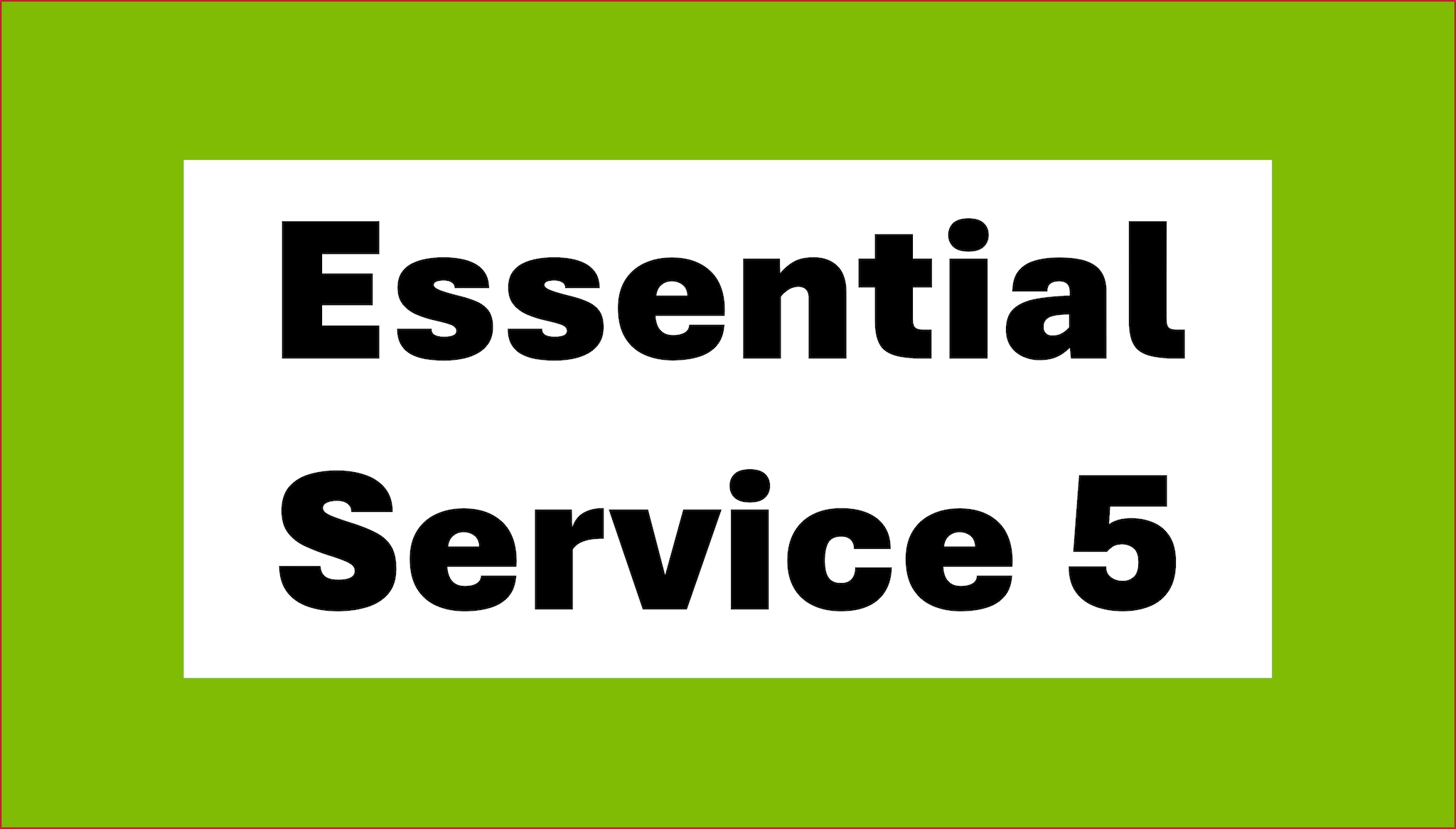At a glance
Learn how environmental health programs support Essential Public Health Service 5 and public health accreditation. Essential Public Health Service 5 is "Create, champion, and implement policies, plans, and laws that impact health."

Activities that support this essential service
Here are some examples of common activitiesA that help deliver Essential Public Health Service 5 (Create, champion, and implement policies, plans, and laws that impact health).
Using data from various environmental health sources and assessments to guide development, implementation, and evaluation of policies, plans, and laws that provide fair and just opportunities for all to achieve optimal health.
Collaborating with partners and the community to develop and implement community health and environmental health improvement strategies and plans.
Developing policies, plans, and laws to increase government and community readiness to address environmental health hazards and issues when responding to public health emergencies.
Facilitating community engagement in the environmental health policy development process.
Alerting policymakers and the public about potential intended or unintended environmental health impacts from current or proposed policies, plans, and laws.
Activities that connect to accreditation standards
Environmental health programs also link to and support broader public health initiatives such as public health accreditation. Following are examples of activities that could contribute to accreditation by the Public Health Accreditation Board (PHAB). Completing these activities does not guarantee conformity to PHAB documentation requirements.
PHAB Standard 5.1: Serve as a primary and expert resource for establishing and maintaining health policies and laws.
For example, contributing to prioritization, development, review, and modification of public policy to address critical environmental health issues.
PHAB Standard 5.2: Develop and implement community health improvement strategies collaboratively.
- Providing information on environmental causes of higher health risks, such as disparities in the built environment, for collaborative review when determining strategies to include in a community health improvement plan.
- Engaging partners in the community environmental health improvement process, leading to development of an environmental health improvement plan.
- Working with partners and the community to develop a community health improvement plan describing strengths, weaknesses, challenges, and opportunities to improve the environmental health status of the community.
- Examples are not exhaustive.
